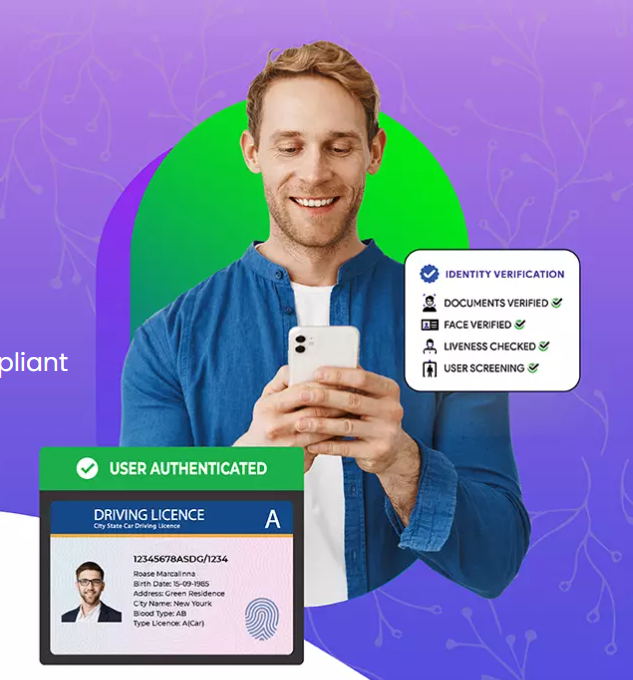In today’s digital-first world, ID verification solutions have become an essential part of secure online interactions. From onboarding users to preventing fraud, businesses across sectors—banking, fintech, healthcare, e-commerce, and travel—are now relying on digital identity verification tools to streamline processes while ensuring security and compliance. Among the most advanced technologies in this space is liveness verification, a critical layer that ensures the user is physically present during the verification process.
What is ID Verification?
ID verification is the process of validating a person’s identity using government-issued documents like passports, driving licenses, or national IDs. It’s widely used during KYC (Know Your Customer) and AML (Anti-Money Laundering) checks to ensure that the individual is who they claim to be.
Modern ID verification solutions use AI-powered OCR (Optical Character Recognition) and facial recognition technologies to extract, read, and match data from identity documents with a live image or selfie of the user. This automation reduces manual errors, speeds up verification, and provides a seamless user experience.
The Role of Liveness Verification
As identity fraud becomes more sophisticated, traditional ID checks are no longer enough. Fraudsters often use printed photos, screen recordings, or deepfakes to trick facial recognition systems. This is where liveness verification plays a crucial role.
Liveness verification uses advanced AI algorithms to determine whether the person presenting the ID is actually present and alive during the verification. It can detect subtle facial movements, eye blinks, head turns, and even texture changes in skin to differentiate a real person from a spoof attempt.
There are two primary types of liveness checks:
- Passive Liveness Detection – The system verifies liveness in the background without requiring user actions, providing a smooth and user-friendly experience.
- Active Liveness Detection – Users may be prompted to perform specific actions like blinking, smiling, or turning their head, ensuring stronger security.
Benefits of ID and Liveness Verification Solutions
- Enhanced Security: Protects against identity theft, spoofing, and deepfake attacks.
- Faster Onboarding: Automates verification, reducing customer wait times.
- Regulatory Compliance: Meets KYC and AML regulations in various industries.
- Cost-Effective: Reduces manual verification and operational costs.
- User Trust: Builds customer confidence through secure and transparent processes.
Use Cases Across Industries
- Banking & Fintech: Secure remote onboarding, loan applications, and account creation.
- Healthcare: Patient identity verification for telemedicine platforms.
- E-commerce: Age verification for restricted product sales.
- Travel & Hospitality: Contactless check-in and visa processing.
Choosing the Right Solution
When selecting an ID verification and liveness solution, consider factors like accuracy, speed, compliance support, and user experience. Look for providers offering real-time verification, global document support, anti-spoofing capabilities, and easy API integration.
Conclusion
As fraud techniques evolve, businesses must stay ahead by adopting robust ID verification solutions integrated with liveness detection. These technologies not only ensure the authenticity of users but also create a frictionless and secure experience. In a digital world where identity is currency, protecting it with intelligent, AI-powered tools is not just an option—it’s a necessity.


